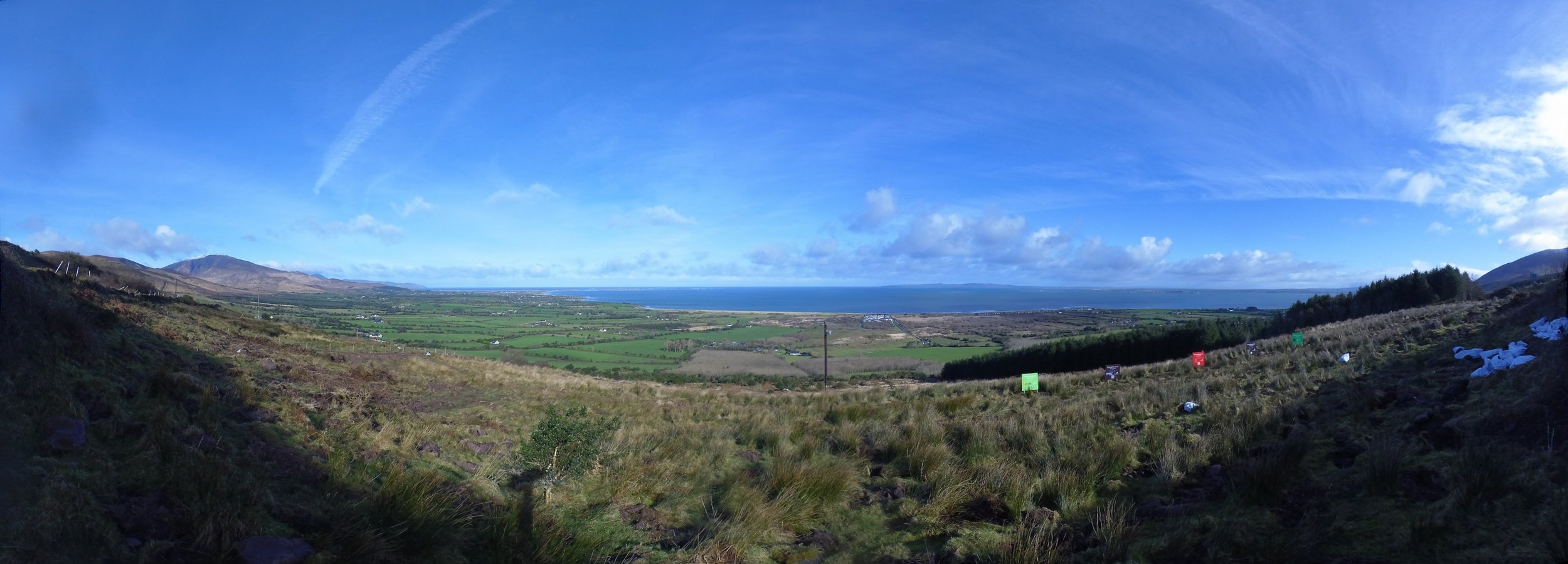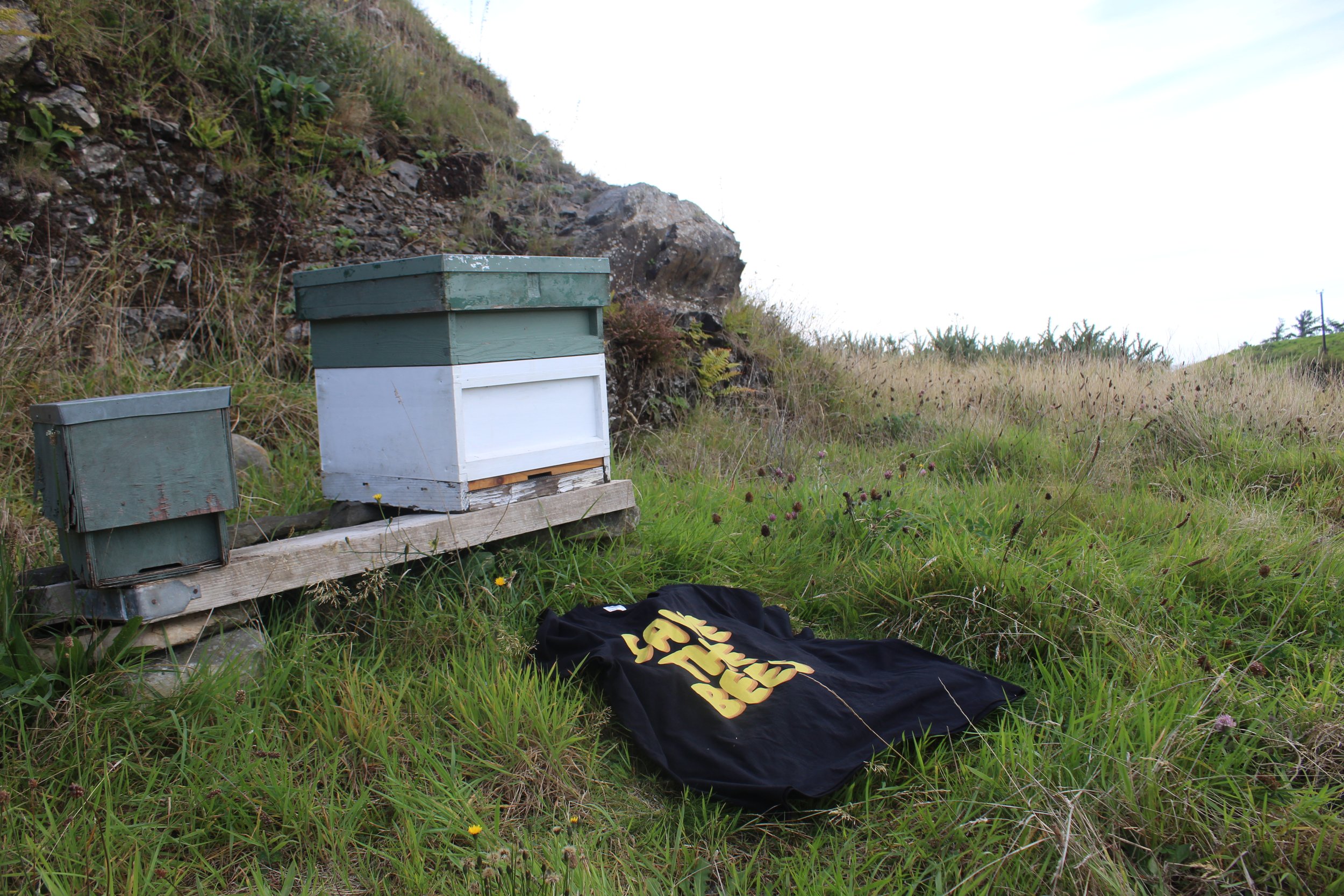Setting up bee hives
Last month we talked about the sad loss of one of our hives in Cloudforest One. We’re getting ready to bring bees back to the forest, so we thought this month, we’d look into what’s involved in setting up a hive.
it’s important we have a beekeeper who will be able to visit the hives at least once a week - especially during the active season to make sure they’re settling in ok and to spot anything that might cause issues - such as the loss of a queen! So our first task is working with the Native Irish Honey Bee Society to find a beekeeper in the local area who’s happy with the access, and willing to put their bees into the site. Once we’ve got that sorted, we make sure the chosen site is suitable. Our bees will need to be sited facing south or south-west, in good sunshine but with shade in the middle of the day to prevent them overheating. Ideally, there should be a water source nearby (like a shallow pond).
Our Forests Have Conservation Areas Set Aside For The Native Irish Honey Bee
On our forest sites it’s not so much of an issue, but if there might be people walking by or livestock moving around the apiaries it’s useful to have a fence or hedge around them. This protects the hives from damage, and also encourages the bees to fly upwards as they leave the hive, instead of at eye level towards a passersby! The apiaries need about 1.5m all around them to give enough room for the beekeeper to work, and there should be good access so the keeper can carry equipment to and from the hives. Hives get very heavy as they fill with honey, so it’s important the ground is even and the box hive is set on a strong, solid bench.
Cloudforest Five will get its first hives in the coming weeks - here it is pictured
The bee hive is composed of a number of different layers, shown below. The queen lives in the Brood chamber, and a Queen Excluder (a wire grill) goes on top of that to prevent her from wandering into any additional honey supers (extra layers where the workers can store more honey). The roof is very important as it needs to be strong and waterproof to protect the bees from their number one enemy: getting wet. Hence the metal covering to the roof pictured below.
The entrance to the hive is usually at the bottom of the hive where the brood chamber and bottom board meet. The bees will congregate here on sunny days, so many hives will have a landing board at the entrance to allow landing space. It is a wonderful thing to sit and watch the bees coming and going at the hive entrance: watching workers landing with their little baskets of pollen or doing the waggle dance as they tell the other bees where nectar can be found. Let’s hope we see lots of that when our new hive is set up!
Our Signs On Cloudforest One - Busy bees
Once the hive is set up, the beekeeper will introduce the bees to the apiary. Because we lost our bees last year in Cloudforest One, we’ll probably start again by first introducing a nucleus hive, or nuc. This is a smaller hive that contains worker bees, larvae and eggs, as well as a laying queen and a small store of food to get them started. They usually only stay in the nuc for a few weeks, and then the queen and the frames are transferred to the larger hive.
For the first while, they will be carefully monitored and if needed they may be fed a little syrup or fondant. Once the bees are settled in their new home, the beekeeper will continue to check on them regularly to make sure they’re happy and well established. The hive needs to be monitored to remove honey-filled supers and to ensure that the bees don’t make swarm preparations.
Our First Hives On Cloudforest One
Over the next few months, we’ll look at some of the monitoring technology available for apiaries and we’re excited about our plans to install robo-hives on Cloudforest Five over the summer. This will feature incredible technology to allow us to remotely monitor how the hives are doing. Special thanks to the Native Irish Honey bee Society for help in producing this blog post. For more information on NIHBS click here.







